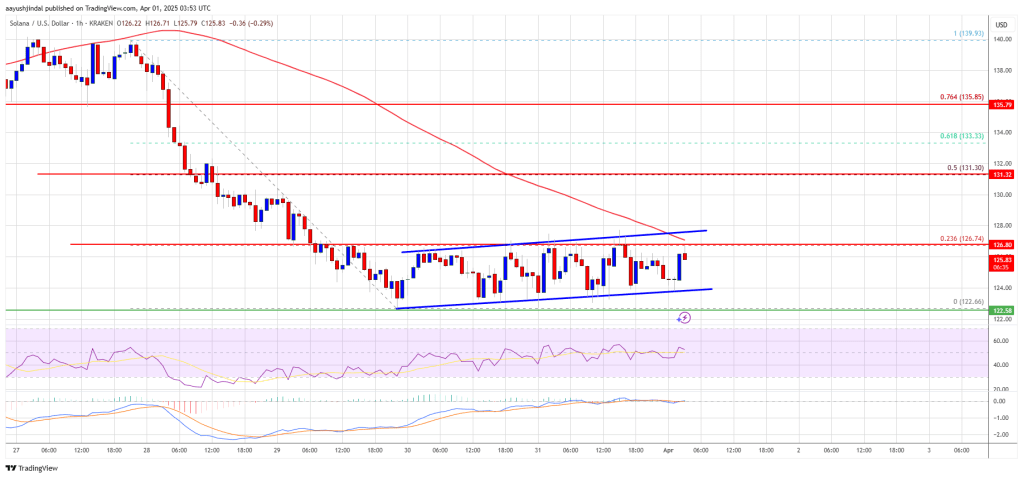Market
South Korean Crypto Delisting Rates Hit 34.9%: Here’s Why


Crypto in South Korea continues to draw attention due to the high delisting rates and the financial risks posed to investors. Over the past seven years, 34.9% of cryptocurrencies listed on South Korean exchanges were delisted, with half surviving less than two years.
While initial listings on these exchanges often led to short-term price boosts due to increased investor attention and demand, the long-term prospects are far less certain.
South Korean Investors Suffer Crypto Delistings
This trend is troubling for investors who may rush to buy new coins following a listing, expecting sustained growth. A typical pattern emerges where the coin sees a price spike soon after listing, driven by hype and enthusiasm, especially from retail investors.
However, many cryptocurrencies fail to maintain their momentum and face declining value over time. Ultimately, they are delisted from the exchanges.
“…from January 2018 to August 2024 showed that 517 (34.9%) of the 1,482 virtual assets listed on the exchanges were delisted… The average listing period for the 517 delisted virtual assets was 748 days (2 years and 18 days). However, more than half (54.0%) of these (279) did not last even two years and were delisted. Meanwhile, 107 (20.7%) did not last even one year,” local Korean media reported.
The problem is compounded by the fact that cryptocurrency listings and delistings in South Korea, like in many other regions, remain largely at the discretion of the exchanges. Although South Korea passed the Virtual Asset User Protection Act in July 2023, which aims to safeguard investors in the digital asset market, the law has not imposed clear standards for listings or delisting.
Read more: 17 Best No KYC Crypto Exchanges: Top Choices in 2024
This regulatory gap gives exchanges the power to list and delist cryptocurrencies based on their internal criteria. Trading platforms, including industry giants like Binance, list and delist tokens based on their own assessments.
“At Binance, we periodically review each digital asset we list to ensure that it continues to meet a high level of standard and industry requirements. When a coin or token no longer meets these standards or the industry landscape changes, we conduct a more in-depth review and potentially delist it,” Binance noted.
Ultimately, this creates an environment where market volatility and investor risks remain high. Delistings, in particular, have devastating effects on the portfolios of investors.
When an exchange delists a cryptocurrency, it essentially becomes inaccessible for trade on that platform. This leads to a steep drop in liquidity, making it difficult for investors to sell their holdings without suffering significant losses.
In some cases, the delisted cryptocurrency might continue trading on international platforms. However, with much lower demand, its price is likely to plummet. This, therefore, begs the question, what contributes to the high delisting rates in South Korea?
Factors Driving Crypto Token Delistings
For one, the South Korean crypto market is highly speculative. Investors often seek quick profits from short-term trading rather than long-term holds. As many newly listed cryptocurrencies do not have solid business models or technological foundations, they perform poorly after the initial excitement fades.
Additionally, as new regulations loom globally, exchanges might delist cryptocurrencies that fail to comply with emerging legal standards. These include transparency in project operations or the proper management of user funds. Tether’s USDT faces the same risk in the European Union as Coinbase plans to delist non-compliant stablecoins.
Against this backdrop, local media recently reported that the South Korean government has finalized a best practice plan for virtual asset transaction support. The plan outlined strict new requirements for listing cryptocurrencies on domestic exchanges. A stricter review process established by the authorities will supplement the current system, where exchanges conduct their own internal reviews.
“According to DeSpread, Upbit, South Korea’s largest exchange, rarely listed meme coin for two consecutive days. However, according to the latest Korean regulations, new meme coins will need to be traded for two years before they can be listed,” WuBlockchain reported.
Despite regulators’ efforts, South Korean exchanges operate in a competitive environment. The race to list new and potentially lucrative cryptocurrencies has become intense. Exchanges know that new listings attract attention and liquidity, which are vital for their own profits.
However, without strong regulatory frameworks to ensure that only viable cryptocurrencies are listed, investors are exposed to significant risks. For many investors, the uncertainty surrounding delistings serves as a sobering reminder of the risks inherent in the cryptocurrency market.
While the initial boost in price following a listing might be tempting, the long-term outlook is often murky. As such, chances of capital loss remain significant if the coin fails to perform, increasing delisting odds.
Read more: Crypto Regulation: What Are the Benefits and Drawbacks?
The high turnover rate of coins on South Korean exchanges indicates that only a minority of newly listed cryptocurrencies stand the test of time. South Korean investors need to exercise caution. Thoroughly researching the cryptocurrency’s project, team, and technological foundation before investing can provide some insulation against future losses.
Nevertheless, the market is unpredictable, and there’s no surefire way to avoid the risks associated with investing in new cryptocurrencies.
Disclaimer
In adherence to the Trust Project guidelines, BeInCrypto is committed to unbiased, transparent reporting. This news article aims to provide accurate, timely information. However, readers are advised to verify facts independently and consult with a professional before making any decisions based on this content. Please note that our Terms and Conditions, Privacy Policy, and Disclaimers have been updated.
Market
Solana (SOL) Holds Steady After Decline—Breakout or More Downside?

Solana started a fresh decline below the $132 support zone. SOL price is now consolidating and might struggle to recover above the $126 resistance.
- SOL price started a recovery wave from the $122 support zone against the US Dollar.
- The price is now trading below $130 and the 100-hourly simple moving average.
- There is a key rising channel forming with support at $124 on the hourly chart of the SOL/USD pair (data source from Kraken).
- The pair could start a fresh increase if the bulls clear the $126 zone.
Solana Price Faces Resistance
Solana price started a fresh decline below the $135 and $132 levels, like Bitcoin and Ethereum. SOL even declined below the $125 support level before the bulls appeared.
A low was formed at $122.64 and the price recently started a consolidation phase. There was a minor increase above the $125 level. The price tested the 23.6% Fib retracement level of the downward move from the $140 swing high to the $122 low.
Solana is now trading below $126 and the 100-hourly simple moving average. There is also a key rising channel forming with support at $124 on the hourly chart of the SOL/USD pair.
On the upside, the price is facing resistance near the $126 level. The next major resistance is near the $128 level. The main resistance could be $132 or the 50% Fib retracement level of the downward move from the $140 swing high to the $122 low.
A successful close above the $132 resistance zone could set the pace for another steady increase. The next key resistance is $136. Any more gains might send the price toward the $142 level.
Another Decline in SOL?
If SOL fails to rise above the $128 resistance, it could start another decline. Initial support on the downside is near the $124 zone. The first major support is near the $122 level.
A break below the $122 level might send the price toward the $115 zone. If there is a close below the $115 support, the price could decline toward the $102 support in the near term.
Technical Indicators
Hourly MACD – The MACD for SOL/USD is losing pace in the bearish zone.
Hourly Hours RSI (Relative Strength Index) – The RSI for SOL/USD is above the 50 level.
Major Support Levels – $124 and $122.
Major Resistance Levels – $128 and $132.
Market
Ethereum Price Faces a Tough Test—Can It Clear the Hurdle?

Reason to trust

Strict editorial policy that focuses on accuracy, relevance, and impartiality
Created by industry experts and meticulously reviewed
The highest standards in reporting and publishing
Strict editorial policy that focuses on accuracy, relevance, and impartiality
Morbi pretium leo et nisl aliquam mollis. Quisque arcu lorem, ultricies quis pellentesque nec, ullamcorper eu odio.
Ethereum price started another decline and traded below the $1,850 level. ETH is now consolidating and facing key hurdles near the $1,850 level.
- Ethereum struggled to continue higher above the $1,980 resistance level.
- The price is trading below $1,860 and the 100-hourly Simple Moving Average.
- There was a break above a connecting bearish trend line with resistance at $1,810 on the hourly chart of ETH/USD (data feed via Kraken).
- The pair must clear the $1,850 and $1,880 resistance levels to start a decent increase.
Ethereum Price Attempts Recovery
Ethereum price failed to continue higher above $2,050 and started another decline, like Bitcoin. ETH declined below the $1,880 and $1,850 support levels.
It tested the $1,765 zone. A low was formed at $1,767 and the price recently started a short-term recovery wave. The price climbed above the $1,800 resistance. There was a move above the 23.6% Fib retracement level of the downward move from the $2,033 swing high to the $1,767 low.
There was also a break above a connecting bearish trend line with resistance at $1,810 on the hourly chart of ETH/USD. Ethereum price is now trading below $1,860 and the 100-hourly Simple Moving Average.
On the upside, the price seems to be facing hurdles near the $1,850 level. The next key resistance is near the $1,860 level. The first major resistance is near the $1,900 level and the 50% Fib retracement level of the downward move from the $2,033 swing high to the $1,767 low.
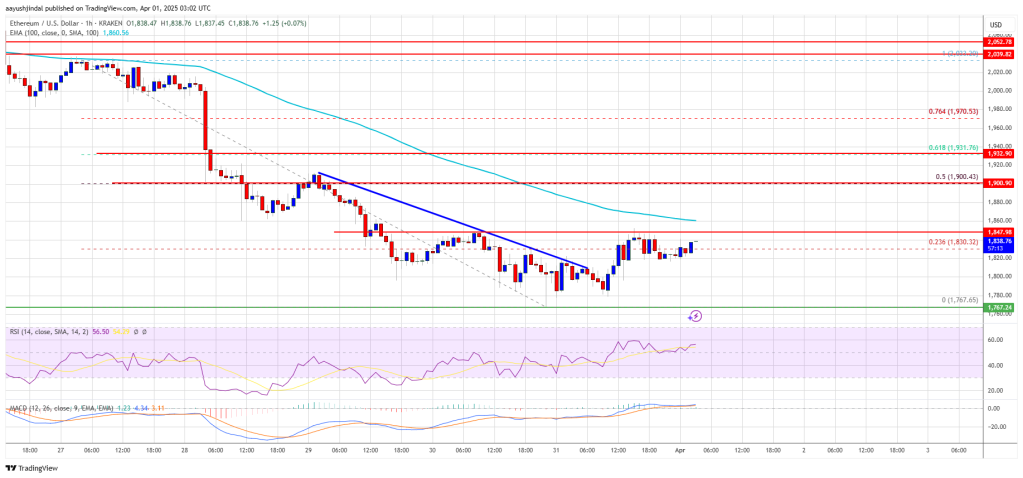
A clear move above the $1,900 resistance might send the price toward the $2,000 resistance. An upside break above the $2,000 resistance might call for more gains in the coming sessions. In the stated case, Ether could rise toward the $2,050 resistance zone or even $2,120 in the near term.
Another Decline In ETH?
If Ethereum fails to clear the $1,850 resistance, it could start another decline. Initial support on the downside is near the $1,800 level. The first major support sits near the $1,780 zone.
A clear move below the $1,780 support might push the price toward the $1,765 support. Any more losses might send the price toward the $1,710 support level in the near term. The next key support sits at $1,665.
Technical Indicators
Hourly MACD – The MACD for ETH/USD is losing momentum in the bearish zone.
Hourly RSI – The RSI for ETH/USD is now above the 50 zone.
Major Support Level – $1,800
Major Resistance Level – $1,850
Market
Top 3 Made in USA Coins to Watch In April

Made in USA coins continue to try a rebound, with Solana (SOL), RENDER, and Jupiter (JUP) standing out as key names to watch in April. Despite recent price corrections, each of these tokens plays a major role in high-growth areas like DeFi, AI, and blockchain infrastructure.
Solana has seen its price dip, but ecosystem activity remains strong; RENDER is riding the wave of AI demand despite market turbulence; and Jupiter is showing solid usage metrics even as its token struggles. Here’s a closer look at the technical and fundamental setups for each of these standout U.S.-based projects.
Solana (SOL)
Solana has faced a notable price correction over the past week, with its value dropping nearly 13%. If this bearish momentum continues, the token could be on track to retest the critical support level at $120.
A breakdown below that could see SOL sliding further toward the $112 mark.
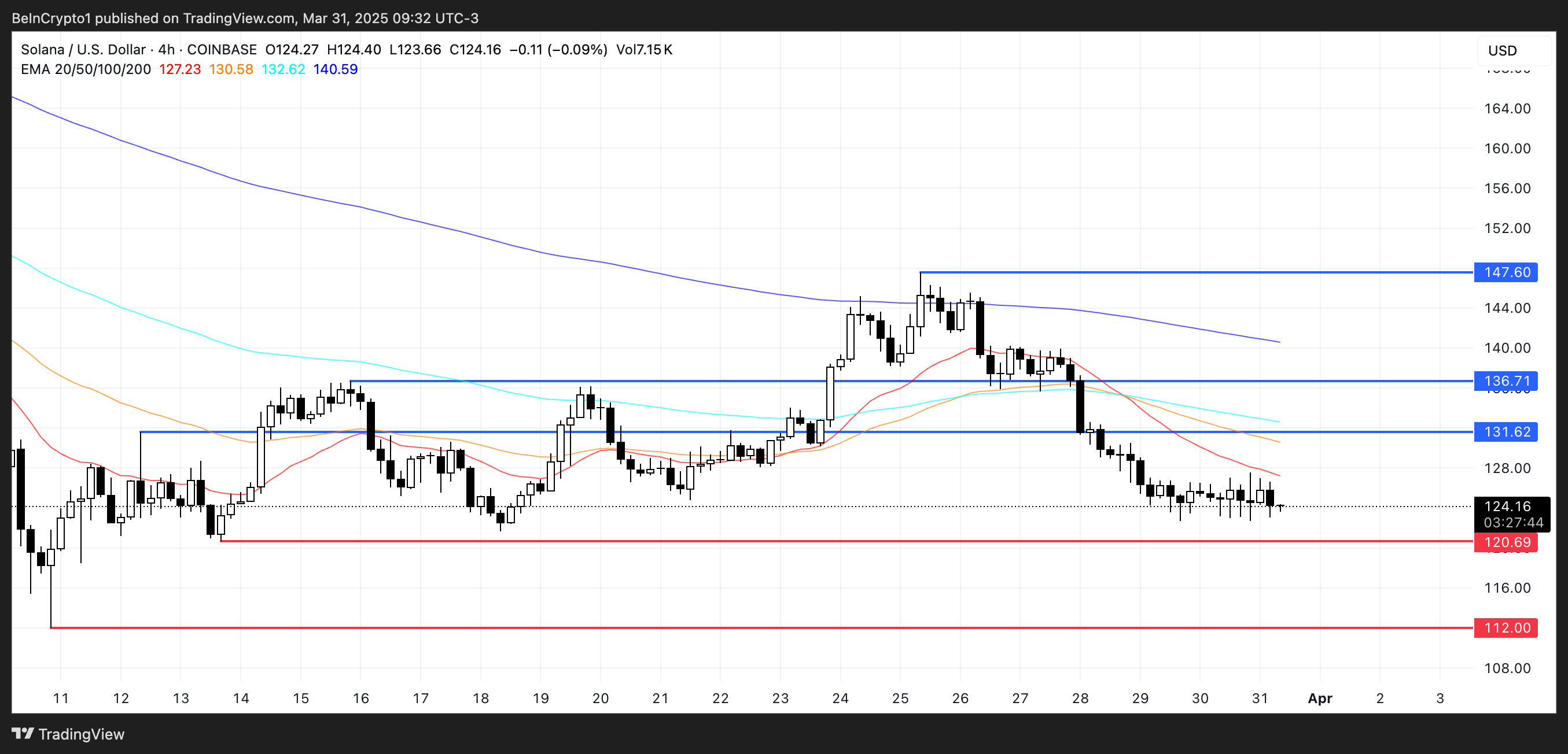
Despite the recent downturn, Solana remains one of the most relevant Made in USA coins and continues to show impressive usage metrics. PumpFun, for example, generated nearly $9 million in revenue over the past 24 hours, second only to Tether.
After a short period when BNB led the DEX volume race, Solana seems to be regaining traction—its decentralized exchange volume has surged by 128% in just seven days, reaching $18 billion and surpassing both Ethereum and BNB.
If this recovery in momentum persists, SOL could target a move toward the $131 resistance level. A successful breakout there could open the door to further gains toward $136 and potentially $147.
RENDER
RENDER, one of the most prominent U.S.-based cryptocurrencies with a focus on artificial intelligence, has seen its price decline nearly 11% over the past seven days.
This drop reflects the broader correction that has impacted many AI-related tokens in recent months.
However, new developments in the AI infrastructure space may provide a catalyst for a potential rebound, especially as the limitations of centralized systems become clear.
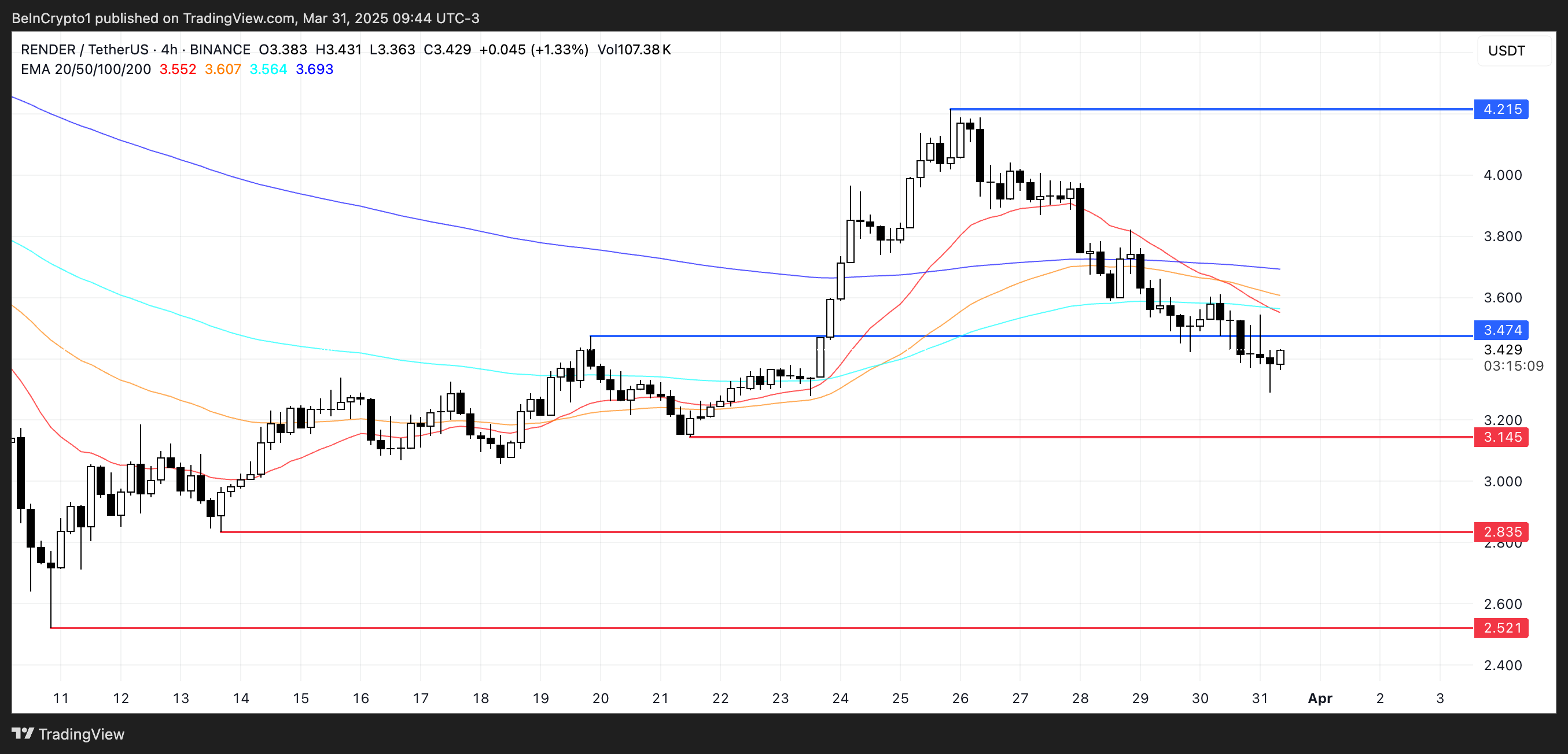
If bullish momentum returns to the AI sector, RENDER could look to challenge the resistance at $3.47, and a successful breakout might open the door for a rally toward $4.21.
However, if the current correction deepens, the token could fall to test the $3.14 support level. A breakdown there may trigger further losses, potentially dragging RENDER down to $2.83 or even $2.52—its lowest level in recent weeks.
Jupiter (JUP)
Despite Solana’s recent struggles, Jupiter—its leading DEX aggregator—is demonstrating impressive strength in terms of activity.
In the last 24 hours, Jupiter ranked as the fourth-highest protocol in crypto by fee generation, collecting nearly $2.5 million.
Only Tether, PumpFun, and Circle managed to outperform it, highlighting the platform’s growing relevance within the Solana ecosystem even during periods of broader market weakness.
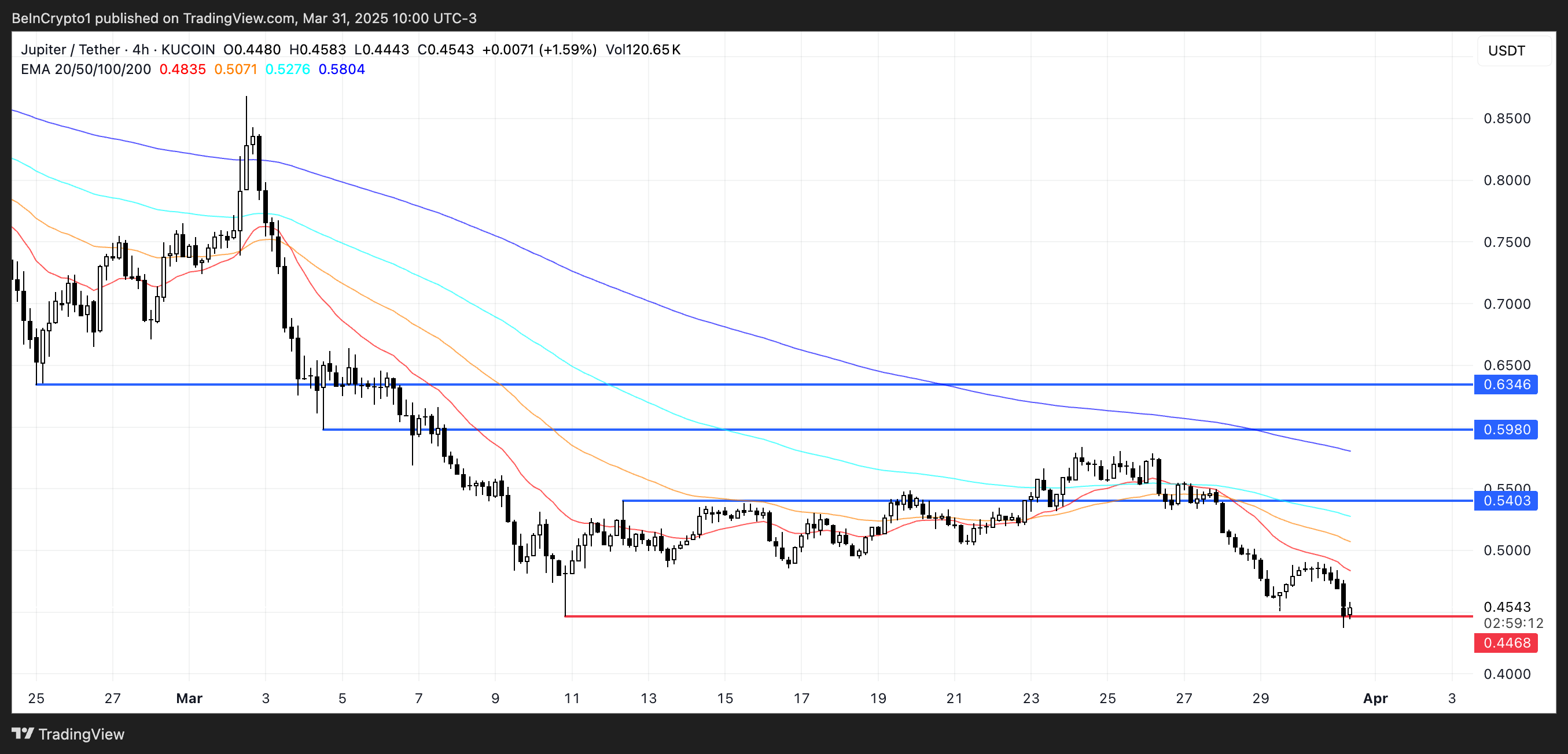
However, JUP, Jupiter’s native token, hasn’t mirrored this positive momentum. Its price has dropped over 21% in the past week, being one of the worst performers among the biggest Made in USA coins. It has remained below the $0.65 mark for three consecutive weeks.
With JUP now hovering dangerously close to a key support at $0.44, a breakdown could see the token dip below $0.40 for the first time ever.
Still, if market sentiment shifts and momentum returns, JUP could begin climbing again—first testing resistance at $0.54, then potentially moving toward $0.598 and even $0.63 if bullish pressure intensifies.
Disclaimer
In line with the Trust Project guidelines, this price analysis article is for informational purposes only and should not be considered financial or investment advice. BeInCrypto is committed to accurate, unbiased reporting, but market conditions are subject to change without notice. Always conduct your own research and consult with a professional before making any financial decisions. Please note that our Terms and Conditions, Privacy Policy, and Disclaimers have been updated.
-

 Bitcoin13 hours ago
Bitcoin13 hours agoStrategy Adds 22,048 BTC for Nearly $2 Billion
-
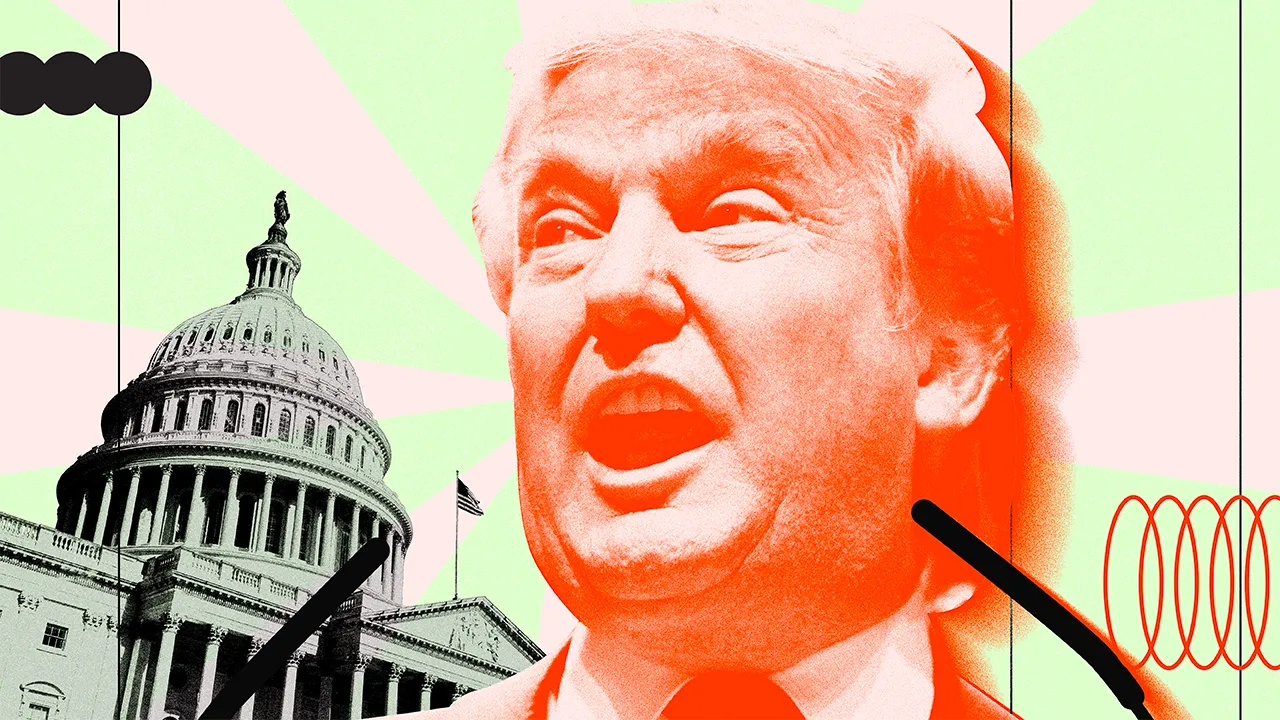
 Market12 hours ago
Market12 hours agoTrump Family Gets Most WLFI Revenue, Causing Corruption Fears
-
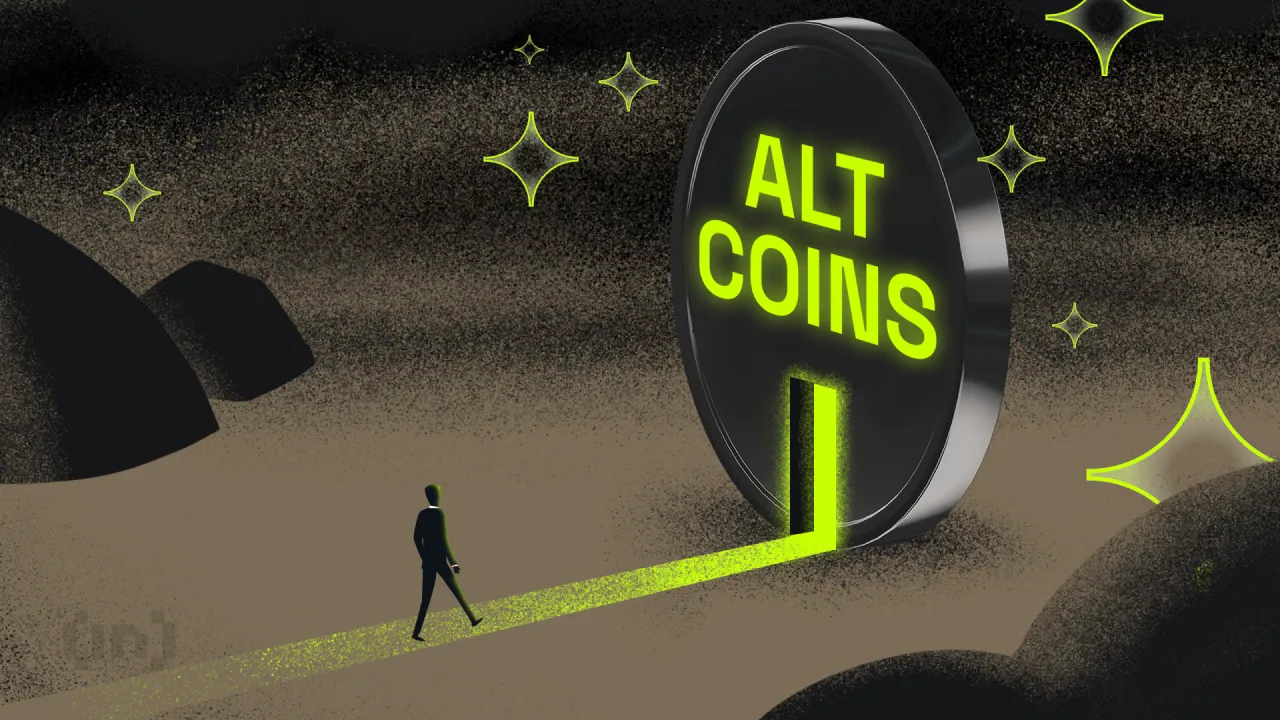
 Altcoin16 hours ago
Altcoin16 hours ago$33 Million Inflows Signal Market Bounce
-

 Market22 hours ago
Market22 hours agoBitcoin Price Nears $80,000; Fuels Death Cross Potential
-

 Market15 hours ago
Market15 hours agoBitcoin Mining Faces Tariff Challenges as Hashrate Hits New ATH
-

 Market20 hours ago
Market20 hours agoDon’t Fall for These Common Crypto Scams
-

 Ethereum13 hours ago
Ethereum13 hours agoEthereum Price Confirms Breakout From Ascending Triangle, Target Set At $7,800
-

 Bitcoin18 hours ago
Bitcoin18 hours agoMarathon Digital to Sell $2 Billion in Stock to Buy Bitcoin










